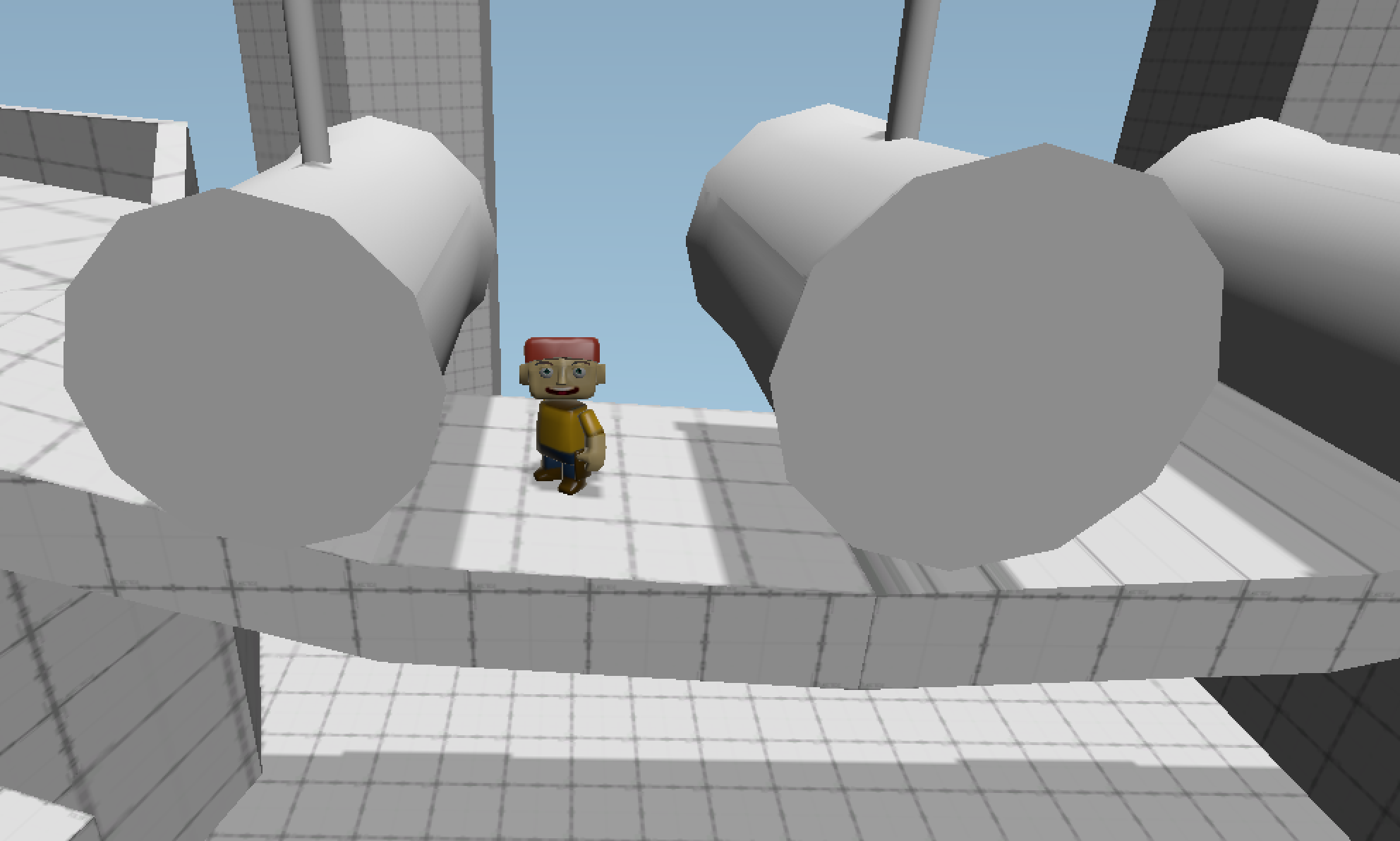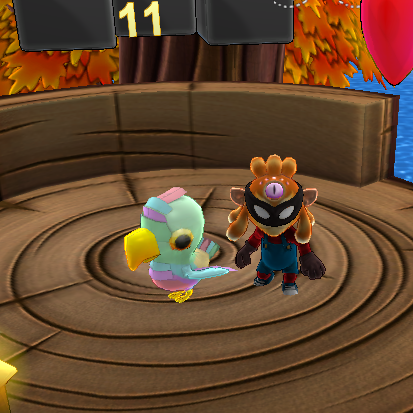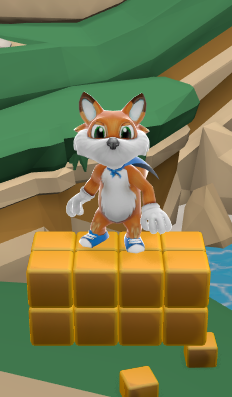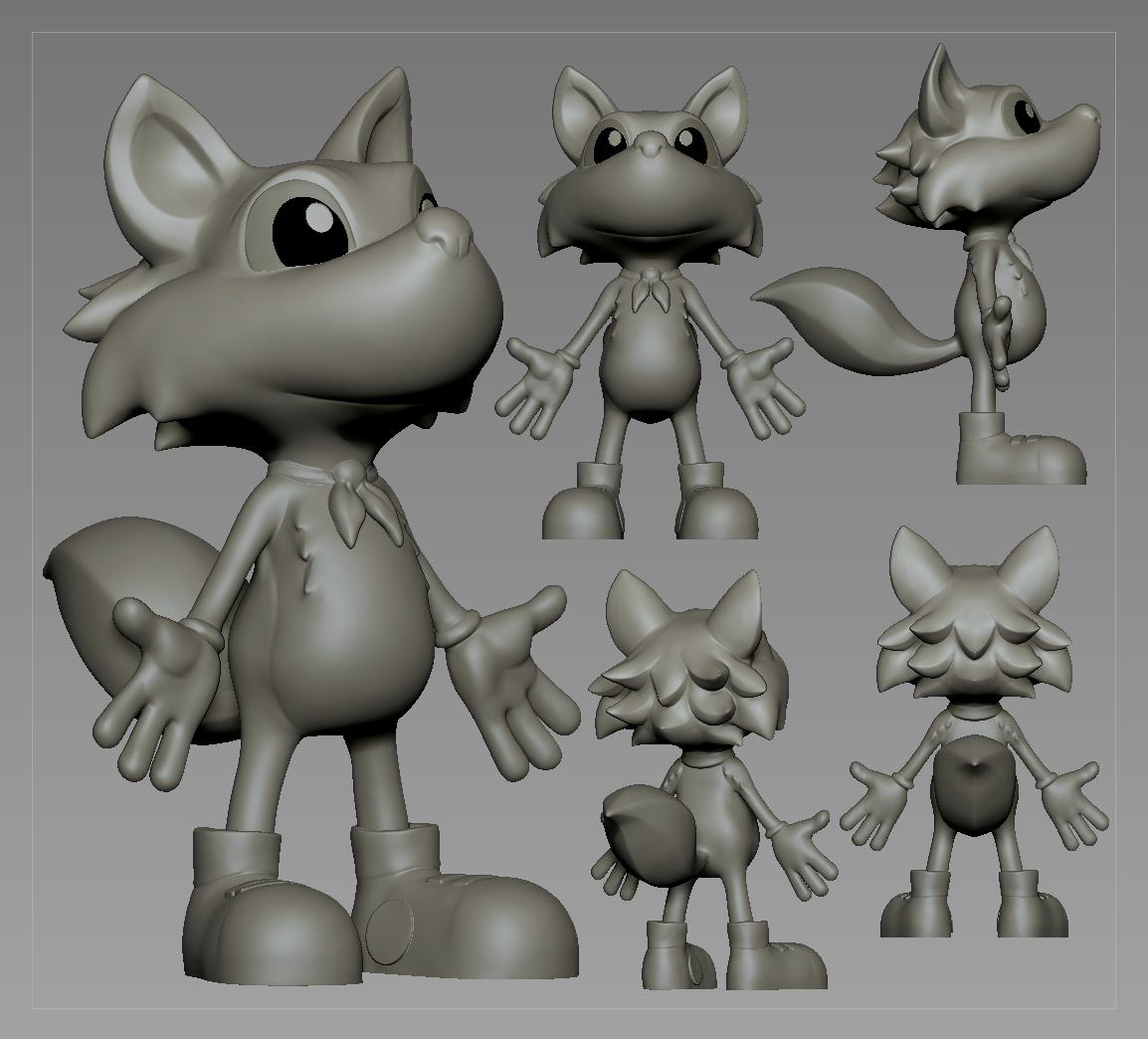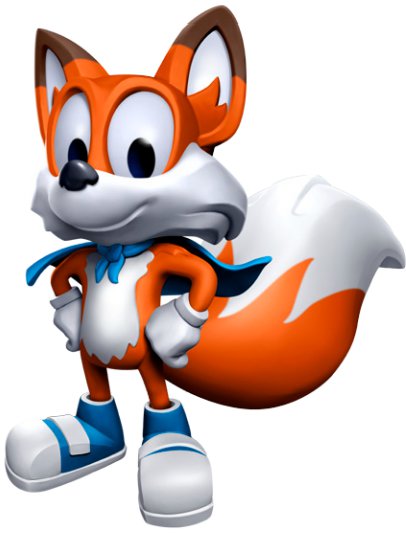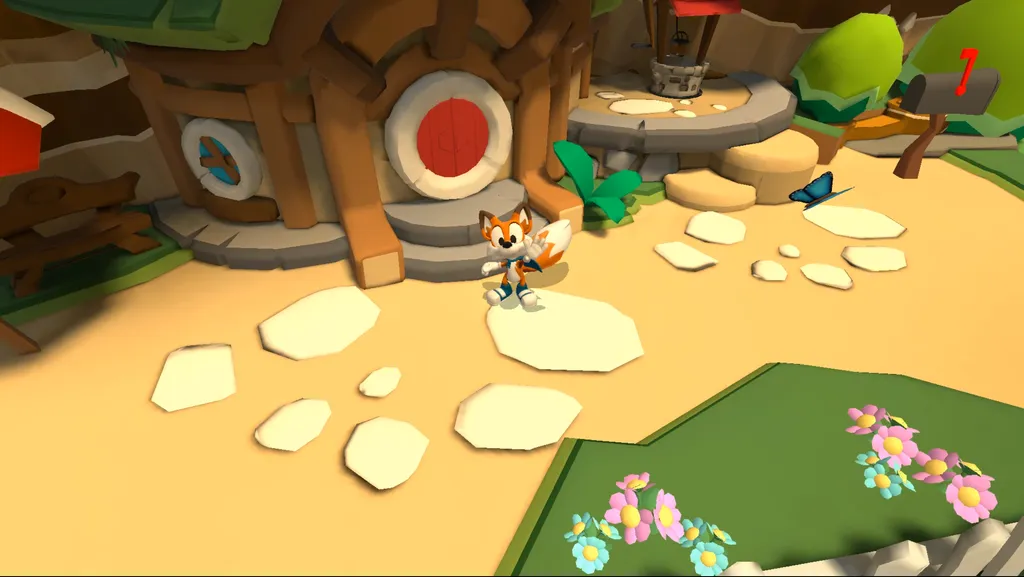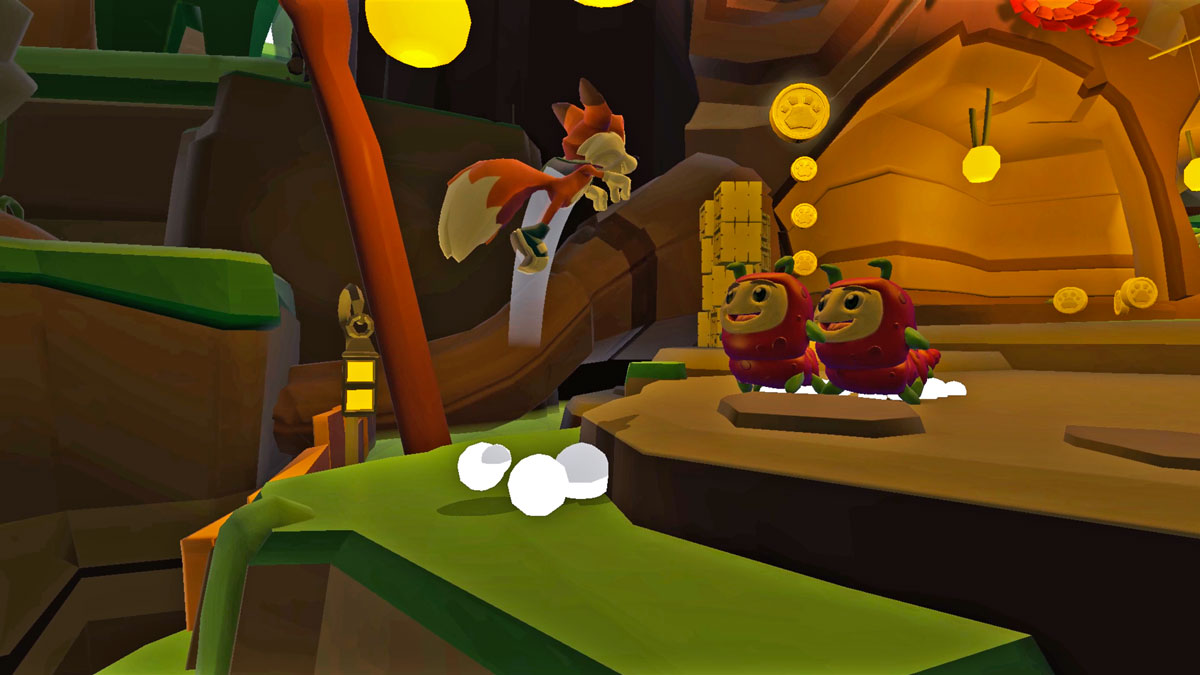When people think about VR experiences, typically first person is the perspective that comes to mind. But the team at Playful Corp has been hard at work on breaking that mold with the upcoming Rift launch title (whenever that is), Lucky’s Tale. The game was debuted at E3 last year, to rave reviews but since then a lot has changed, including the look of the titular character, Lucky.
I have never had a chance to play the original version, so I can’t personally compare the experience of the two; but when I took off the headset after playing the game’s first two levels all I could think was how similar the experience was to playing Super Mario 64 for the first time all over again. The game feels incredibly natural, and looks beautiful, and the decisions made with level design and with the camera itself are ingenious.
In the game, your head is the camera, which is tracked to Lucky but also independent of him. You are free to look around as you wish, but when you move Lucky, the camera follows him gently. Dan Hurd, the studio design lead at Playful says they “wanted to focus primarily on comfort because you could have the most amazing game in the world but if it makes people sick playing it, it’s worthless.” The team at Playful has put a lot of effort into this camera and it really shows. One of the things that really made this possible was the rapid prototyping process that Playful employs, which encourages rapid iteration on new ideas with the game. Through this process the team was able to figure out some things about scale and layering depth that made the game play extremely comfortably. For example, according to Hurd, “we found that about an arms length away, distance wise is ideal and feels extra vr, and then you want a few planes beyond that for parallax.” Adding that depth is especially important for a plat former style game where you need to judge your jumps.
Putting your head into the game itself is also especially compelling. You will notice as you play through the world, that vines will part, brushing across your face, stalactites will fall as you bump your head against them, characters will interact with you when you lean in close. All of these things add a sense of immersion to the game that makes you really feel like you are a part of the world. Hurd put it nicely, “we almost think of it as Calvin and Hobbes, and Lucky’s Calvin.”
The level designs are also really key to the game, and have been optimized for VR. As it turns out, my comparison of the game to Super Mario 64 was not unfounded, as the game was a big inspiration for this one. When designing the game they wanted to echo the “great characters and lots of detail, colorful geometry, quirky angles,” from the Super Mario series, but “marry it with this kind of new language for level design.” That new language being VR.
The team tried importing a level from Super Mario 64 into VR as an experiment, and that proved to be revealing. “That was very difficult to do,” says Hurd, “because there were these wide open ranges that would take you forwards and backwards, and backwards in the rift right now feels really bad.” He’s right, in fact the only time the camera didn’t quite feel ‘right’ to me was when I was trying to backtrack. They have added design considerations on the levels to help counter this, like teleporters at the end of certain forks in the levels.
“We almost think of it as Calvin and Hobbes, and Lucky’s Calvin.”
As I said before, Lucky himself has undergone a significant refurbishing, going through an number of different iterations as the team looks to create the next platform defining video game character. The new design that is classically reminiscent of a merger of Sonic and Tails, while remaining wholly original. They have also added a new tail-swipe attack, crouch, double jump and the ability to climb up some walls and Lucky’s run style now is more fox-like, running on all fours. The result is a wholly original character that has an incredible amount of personality.
This game is shaping up to be one of the most fun on the Rift, where it will reside initially as a launch exclusive for at least the first few months of the release. Speaking on the topic of exploring more headsets, Hurd said “we are definitely trying to do what we can to get this on as many VR platforms as possible.” Playful will retain all IP to Lucky despite the exclusivity arrangement with Oculus, and the idea of different titles under the franchise is something that is very much on the team’s mind. Speaking of the Vive specifically, “the game would work in it but it’s like if I can stand and I can move in it why wouldn’t we want to try and adapt the design to play up those things? So we have just started to play around with the idea, what if Luckys was a Vive title? What if it was a Morpheus title? How would the experience change? And with Vive it could be very, very significant or there could be just simple tweaks to what we are doing here to incorporate that you might be standing and might be more comfortable that way. Like what if this was all on a table, what if it was more like Animal Crossing, we are excited to pursue all that stuff.”
It will be extremely interesting to see where the team decides to take this franchise, as I believe it really has the potential to take off like Super Mario in VR. The characters are vibrant and likable. The gameplay is intuitive and fun. And the visuals are incredible and comfortable. Palmer Luckey started and led this VR revolution, but it looks like another Lucky is going to join the fray to help bring it to the mainstream.
See the incredible transformation of Lucky from conception to present:
